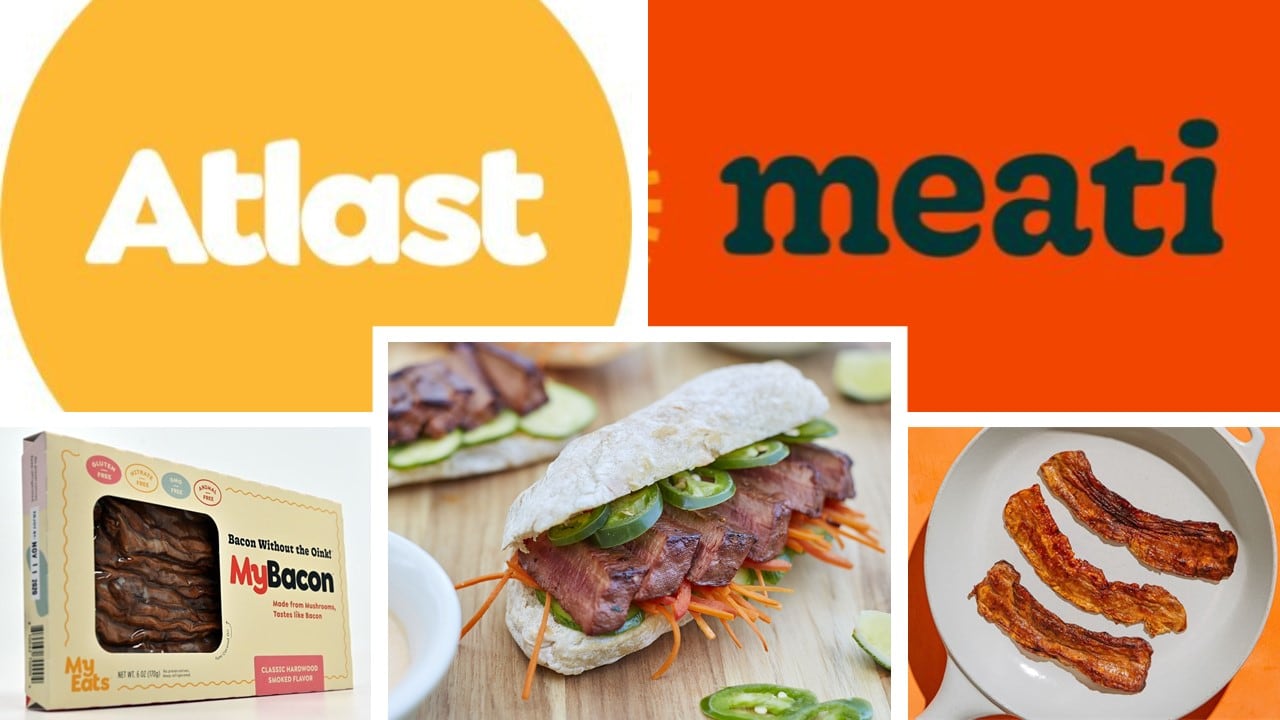"Protein has remained relevant throughout the pandemic, with 54% of consumers indicating a deliberate intent to increase protein intake within their daily diet and 20% indicating that they are consuming animal protein more often than they were a year ago," said Dean Banks, president and CEO of Tyson Foods, on the company's Q2 2021 earnings call to investors earlier this week, who added that company is optimistic about overcoming lingering supply and operation constraints to its animal protein business.
'We will continue to work diligently for a full recovery of our chicken business'
Tyson's chicken segment registered $3.55bn in sales for the second quarter ended April 3, 2021 (a 5% sales increase from Q2 2020 driven by a 7.8% increase in pricing).
Looking at volume sales, the company saw a 3.2% decline in chicken for the quarter compared to the same time last year.
"Overall volumes were down in the quarter, primarily due to COVID-related production inefficiencies. Severe winter weather also impacted volumes, operating costs and production efficiencies in the quarter," said Donnie King, group president poultry & chief operating officer, who noted that the company also dealt with limited availability of chicks and an unexpected decline in hatch and egg production due to winter storm Uri.
"We will remain focused on the factors we can control and will continue to work diligently for a full recovery of our chicken business, while delivering strong results in other areas of our company."
Beef and pork performance
For beef, segment sales were approximately $4bn in Q2 2021, up 2% vs. the same period with average sales prices up 7.5% for the quarter.
"Our beef segment performance has been driven by a favorable supply and demand dynamics, which looked to persist deeper into the year," said King.
"On beef supply, slightly higher domestic production for the calendar year is being more than offset by lower imports and higher exports, resulting in lower projected domestic availability for the full year."
Turning to its pork segment, Tyson segment sales were up 17% to $1.5bn for the quarter versus the same period last year due to strong retail demand and higher exports.
However, these gains were offset by higher hog costs and operating expenses including increase labor and freight costs.
"Recent USDA projections show a historically sharp drop in hog supplies," said King, adding noting that paired with strong demand the price for pork has surged 59% since the end of December last year.
"As it stands now, pork cutout is at the highest level for this time of year since 2014."
Prepared foods growth
Tyson expects demand to remain elevated at retail entering the second half of the year aided by the foodservice channel opening back up. Foodservice sales decline over $400m in the first half of 2021 compared to same period last year, but improved $69m in Q2 2021.
The company's prepared foods segment registered $2.2bn in sales for the quarter, a 4% increase over Q2 2020.
"In Prepared Foods, we are seeing recovery in foodservice foot traffic and strong sales into the distribution channel. Overall, we're seeing an accelerating inflationary environment that is creating a meaningful headwind for Prepared Foods in the back half of the year," said King.
Becoming an 'employer of choice'
Outside of increasing operating efficiencies to reduce costs across the business, King added that Tyson is focused on becoming an employer of choice for current and future workers joining the company.
"Despite implementing pay rate increases, we continue to deal with elevated absenteeism and turnover. We're implementing a range of initiatives to improve the team member experience and achieve the status of the employer of choice, including flexible work schedules and a competitive wage rate," he said.
"At this time, we estimate our average base pay plus benefits for domestic productions -- production workers is valued at over $22 per hour."
2021 outlook
Tyson remains cautiously optimistic about its full-year outlook and expects to deliver annual revenue in the range of $44bn to $46bn.
"Key risks to this guidance include freight rates, labor costs, grain costs in the chicken segment; raw material costs for our Prepared Foods business and continued export market strength along with price volatility in commodity meets," said King.
"Our capital expenditures outlook of $1.3bn to $1.5bn remains unchanged, but we now expect to be at the lower end of the range."
King added that the company will continue to explore paths to optimize its portfolio through M&A while supporting ongoing retail demand and foodservice recovery.




